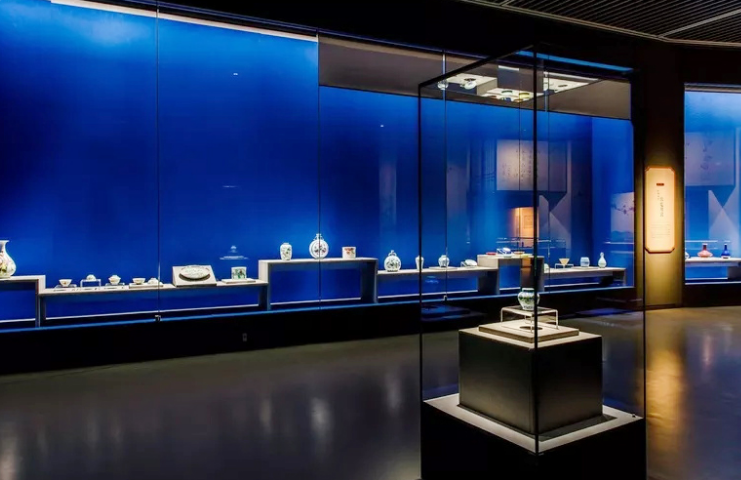With the continuous progress of science and technology and the improvement of people's requirements on the visual effect of displays, anti-deformation,, and low reflection glass is more and more widely used in various fields. It is a special type of glass with the characteristics of anti-deformation, low reflection, high strength, and durability, so it is widely used in museums, art galleries, commercial buildings, automobile manufacturing, aerospace, and other fields. In this article, we will introduce the characteristics and applications of anti-deformation low-reflection glass in detail.

Strong deformation resistance: anti-deformation low-reflection glass is treated with a special process to give it high deformation resistance. This kind of glass is not easy to bend and deform when it is subjected to external force and can maintain its original shape and size. This characteristic makes the anti-deformation low reflection glass better able to maintain the shape and size of the display cabinet when making the display cabinet and improve the stability and service life of the display cabinet.
Low reflectivity: Anti-deformation low reflective glass adopts special anti-reflective coating technology, which makes the reflectivity lower. This feature makes the exhibits appear clearer and more realistic through the glass, bringing a better visual experience to the audience. At the same time, the reduced reflectivity also reduces the problems of light pollution and glare and improves the viewing comfort of the exhibits.
High strength: the anti-deformation low-reflection glass is made of high-strength material as the middle layer, combined with the sandwich technology. This structure makes the glass have high impact resistance and tear resistance, which can effectively resist external damage. This feature makes anti-deformation low-reflection glass widely used in museums and other places that require high security.
Good Transparency: Anti-deformation low-reflection glass has good transparency, allowing light to fully pass through the glass, improving the visibility and clarity of exhibits. At the same time, due to its low reflectivity, the exhibits can also show a better effect under backlight conditions.
Strong adaptability: Anti-deformation low-reflection glass has good adaptability and can maintain stable performance in different environments. For example, in environments with large temperature variations, anti-deformation low-reflection glass can maintain a stable size and shape, avoiding the deformation problems caused by temperature changes.
Aesthetically pleasing: Anti-deformation low reflective glass is aesthetically pleasing, adding a sense of style and modernity to museums and other venues. At the same time, its desirable performance and stability make anti-deformation low-reflection glass an ideal choice for museums and other venues.
In conclusion, anti-deformation low reflective glass is widely used in museums, art galleries, commercial buildings, and other fields due to its strong anti-deformation ability, low reflectivity, high strength, good permeability, adaptability, and aesthetic appearance. Due to its desirable performance and stability, anti-deformation low reflection glass becomes a kind of high-quality and multi-purpose special glass.





